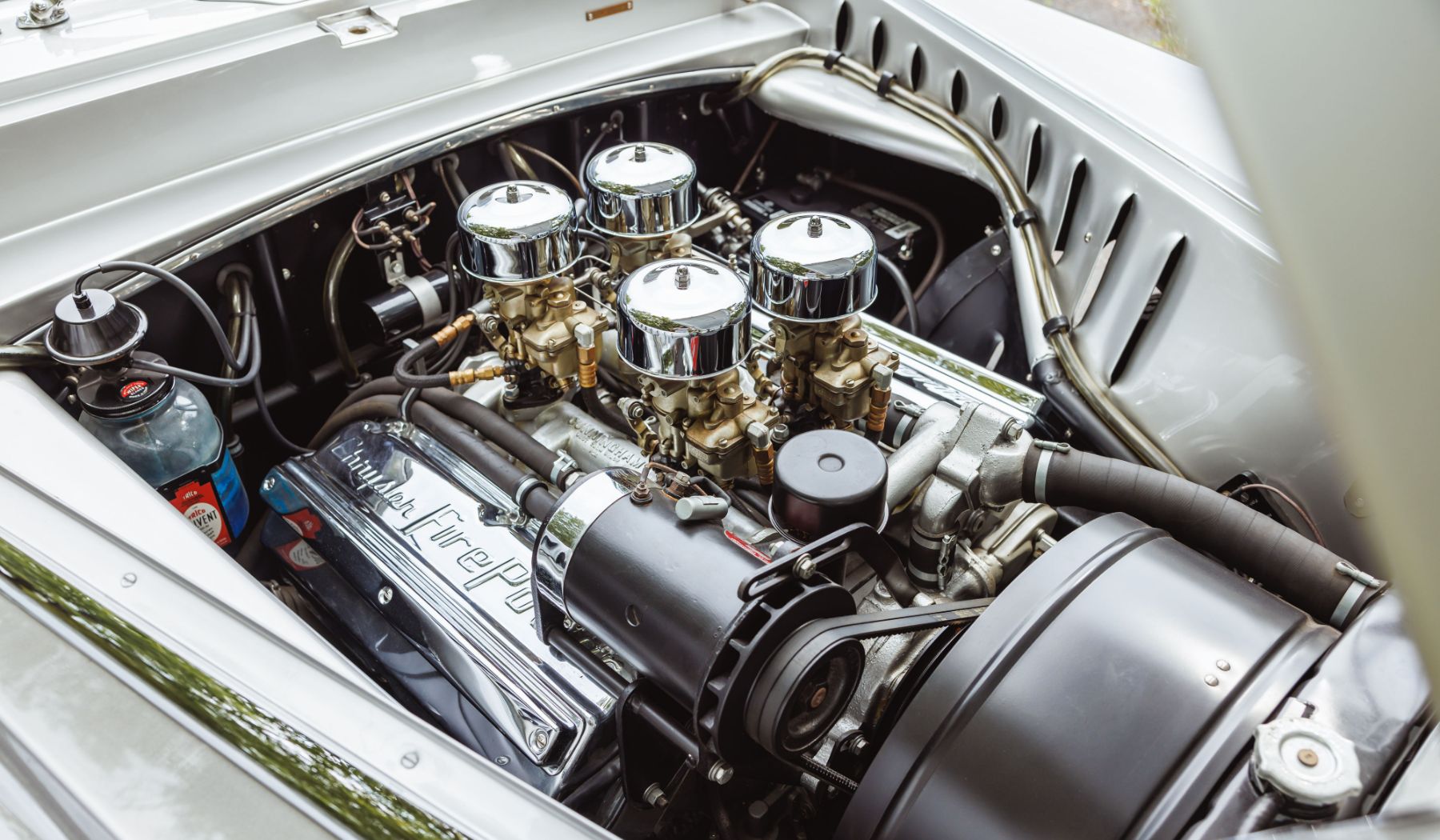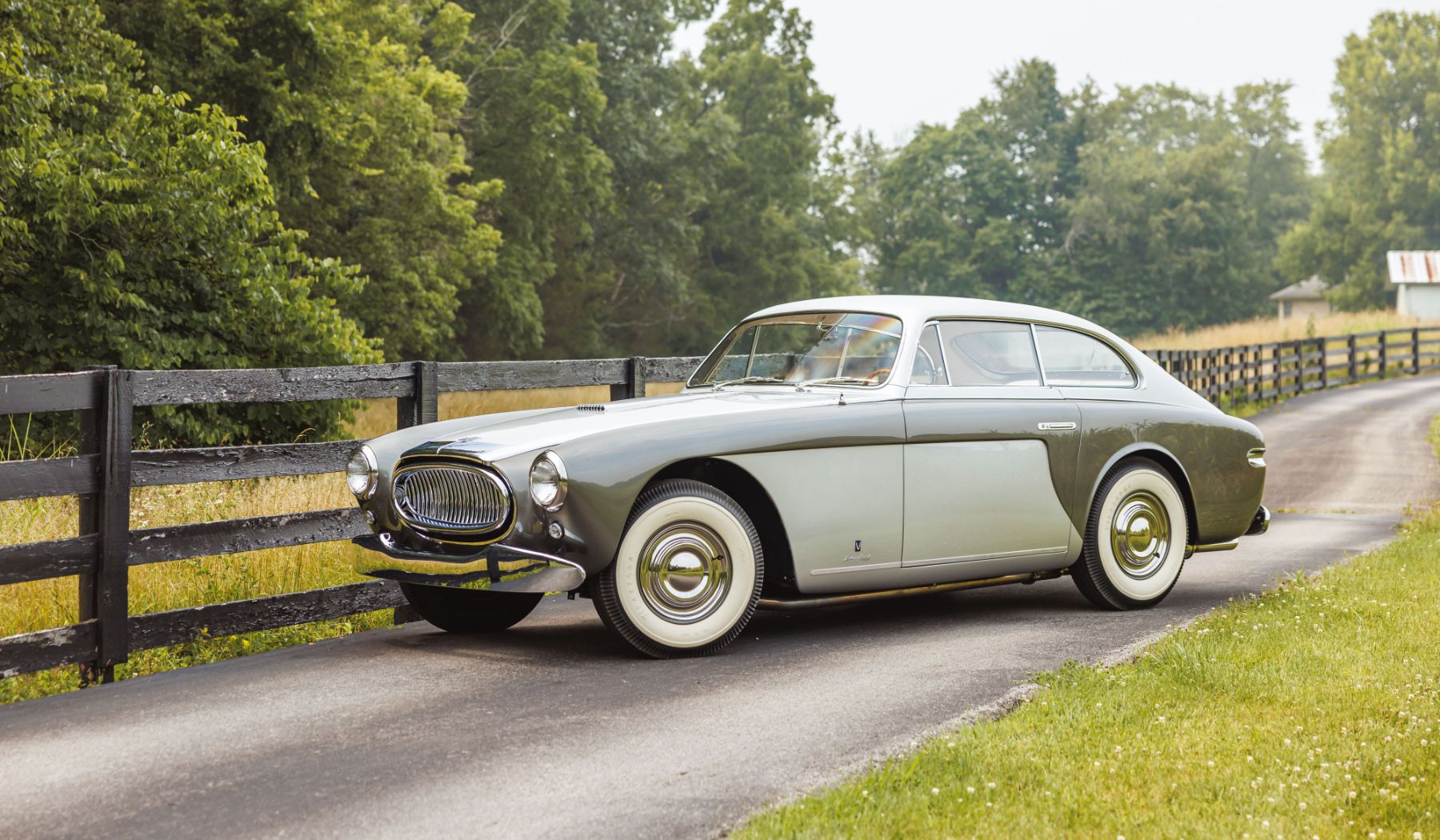Originating in the early 1950s to finance motorsport endeavors and homologate a revamped race car for the 24 Hours of Le Mans, the C-3 emerged as a premier grand tourer of its time.
Born in 1907 in Cincinnati, Ohio, Briggs Swift Cunningham II developed a passion for fast cars from a young age, influenced by exhilarating rides with his uncle in an aircraft-engine-powered Dodge.
Despite his mother’s reservations about auto racing, Cunningham’s love for speed led him to embrace sailing, where he achieved remarkable success. Following his mother’s passing, he transitioned to auto racing, culminating in a historic debut at the 24 Hours of Le Mans in 1950.
Founding the B. S. Cunningham Company in West Palm Beach, Florida, Cunningham ventured into building and racing cars. The company’s inaugural road car, the C-1 roadster, paved the way for the iconic C-3 model, renowned for its exquisite craftsmanship and performance.

Built on a custom chassis, the C-3 epitomized luxury and refinement, featuring hand-built aluminum bodies crafted by Carrozzeria Vignale in Italy. Designed by Giovanni Michelotti, the C-3 exuded elegance with its voluptuous curves and lavish interiors adorned in Connolly leather and genuine wood trim.
Despite its lofty price tag, the C-3 garnered acclaim for its unparalleled blend of comfort, quality, and performance, appealing to affluent enthusiasts seeking automotive excellence. Today, the C-3 remains a prized collector’s item, with surviving examples commanding substantial prices at auctions. With just 25 production units, including five convertibles, the C-3’s rarity and historical significance ensure its enduring legacy in automotive history.

